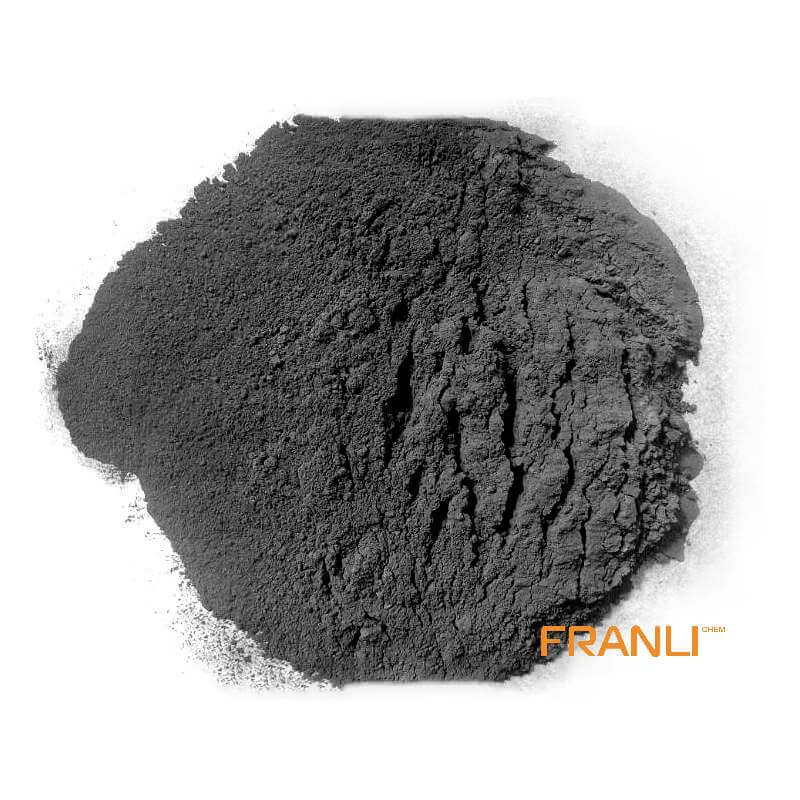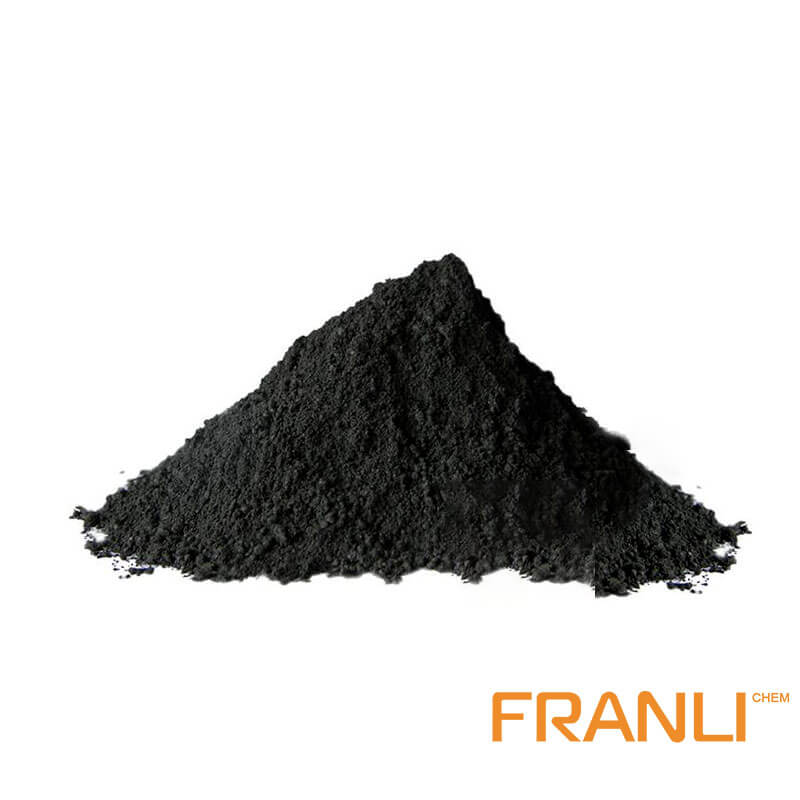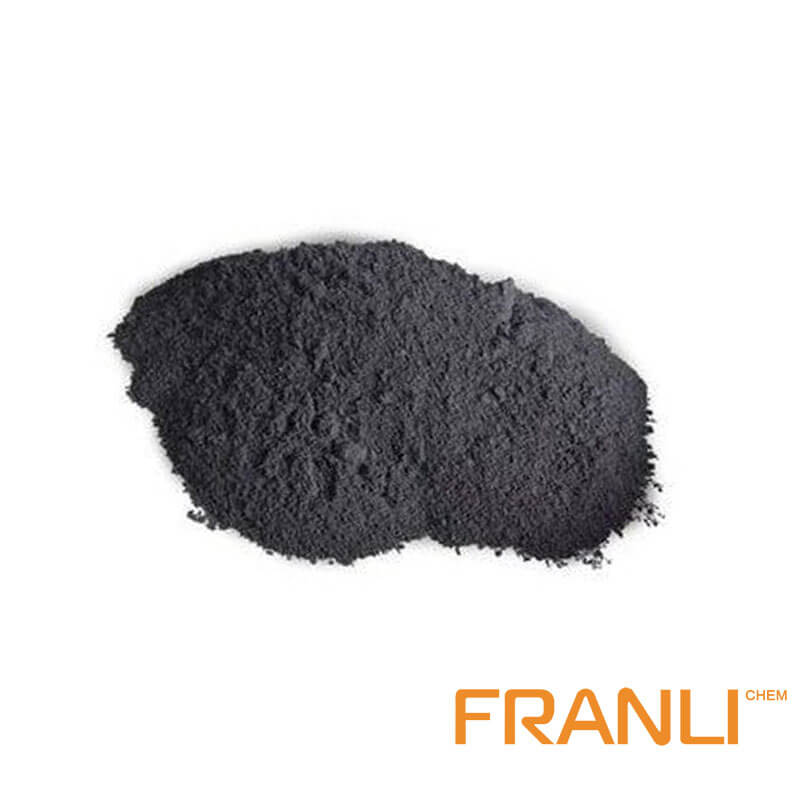


Artificial Graphite
Size
0.01mm or 0.07mm,etc
Package
25 kg small bags into ton bags or ton bags
Features
Good wear resistance, corrosion resistance, good thermal conductivity, etc.
Application
Can be used in making heat exchanger, reaction tank, absorption tower, etc.
There are many kinds of artificial graphite and different production processes. In a broad sense, all graphite materials obtained by carbonization of organic matters and treated by high temperature after being treated with graphite can be collectively referred to as artificial graphite.In the narrow sense, artificial graphite usually refers to the massive solid materials prepared by batching.
Request a quote
Graphite flakes are divided into artificial graphite flakes and natural graphite flakes.
Graphite flake is a new kind of heat conduction and heat dissipation material, which conducts heat evenly along with two directions, shields heat sources and components and improves the performance of consumer electronic products. With the upgrading of electronic products, the growing number of mini, highly integrated, and high-performance electronic devices, resulting in a large number of heat management requirements. Graphite flakes are divided into natural graphite flakes and artificial graphite flakes. Maybe you will think that they are both graphite products. There should be no big difference between them! It would be a big mistake to think that way. Next, we will understand the basic differences between natural graphite flake and artificial graphite flake from several aspects.

1 .Color difference
It can be seen that the color of natural graphite flake is darker, while the color of artificial graphite flake is light white.
2. Graphite density
The natural graphite flake under the microscope is much rougher than that of artificial. Because the impurities in the synthesis of the artificial graphite flake are less and the density is higher than that of natural graphite flake. The thermal conductivity of synthetic graphite is 700-1500w, while that of natural graphite is only 300-700w.
The relationship between the value and purity of natural graphite and particle size. The purity is usually expressed by carbon content or ash content. The higher the carbon content is, the less ash content, the higher the price. Grain size is usually expressed in English (mesh) or metric (mm) to represent the average particle size of the product. For the positive number of particles, the larger the particle size, the higher the price; For a negative number of the mesh, a smaller particle size is more valuable. Therefore, graphite products must be screened by a standard sieve before packaging. In general, the commodity requires that the screen upper part of the positive mesh is higher than 80%, and the negative mesh is higher than 75%.
In some special applications, there are strict requirements for the crystal structure of graphite, the content of trace elements in ash, and the size of impurities, such as sulfur, chlorine, and iron content. Sulfur and chlorine have strong corrosion resistance to contact metal in use, and iron affects the high-temperature oxidation resistance of graphite products. The circulation of artificial graphite is better than that of natural graphite and the capacity of natural graphite is high. Because of poor circulation, it is important to choose electrolytes. Natural graphite is soft, but the particles may deform when the compaction is too high, and the liquid absorption capacity will decrease sharply.

3. Price difference
The price ratio of natural graphite flake to artificial graphite is 1:4-5.
Artificial graphite flake: the manufacturing of artificial graphite is more complex than natural graphite and its cost is expensive. Therefore, the demand for general industry products will not accept its cost.
Natural graphite flake: the price and effect of natural graphite flake can be accepted and convinced by the users of the industry. Therefore, natural graphite flake has been used in various industries.
At present, natural graphite flake and synthetic graphite flake are used in IC, CPU, MOS, led, radiator, LCD-TV, laptop, communication equipment, wireless switch, DVD, and handheld equipment. Both artificial graphite flake and natural graphite flake are horizontal guide heat conduction materials. Because the sintering of artificial graphite flake requires high temperature and high-temperature, the temporary cost is higher than that of natural graphite flake, Therefore, natural graphite flake has more advantages in cost and price, and the thermal conductivity is more advantageous for synthetic graphite flake.



